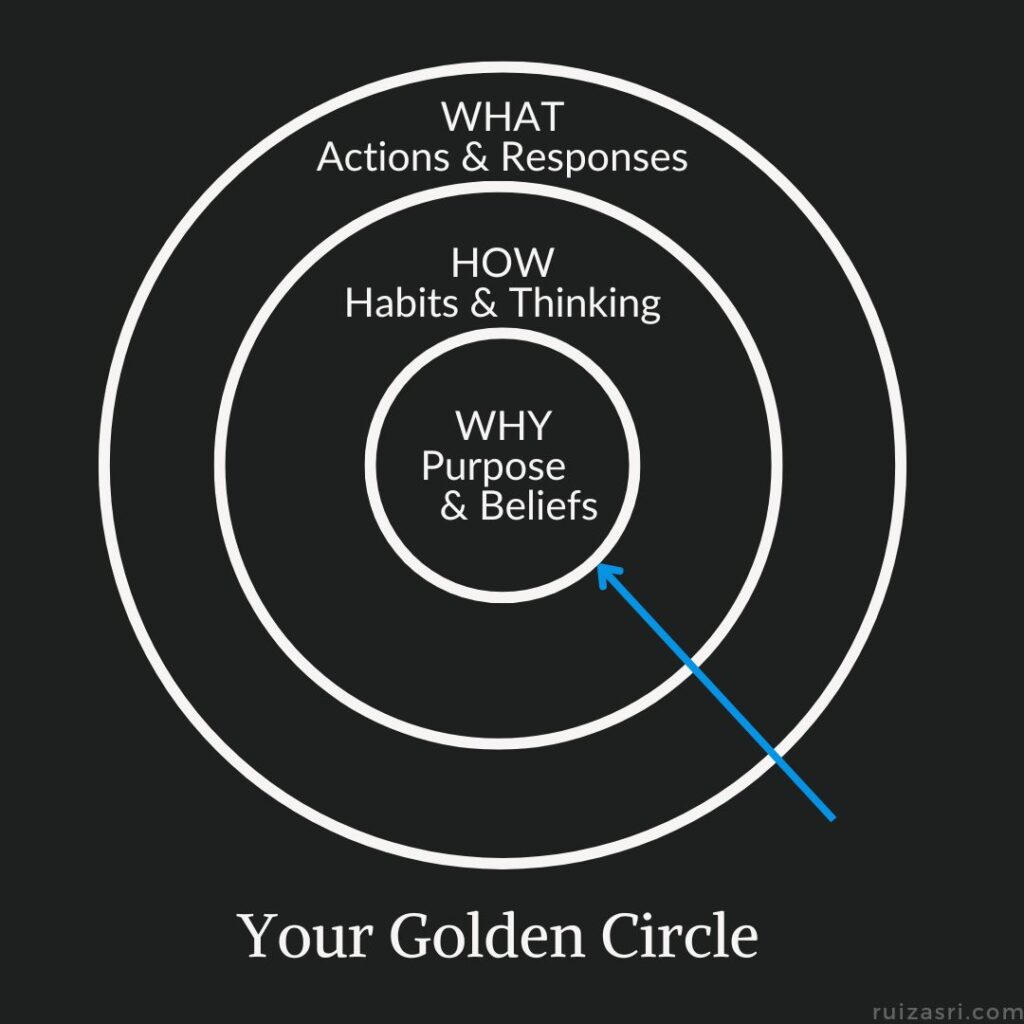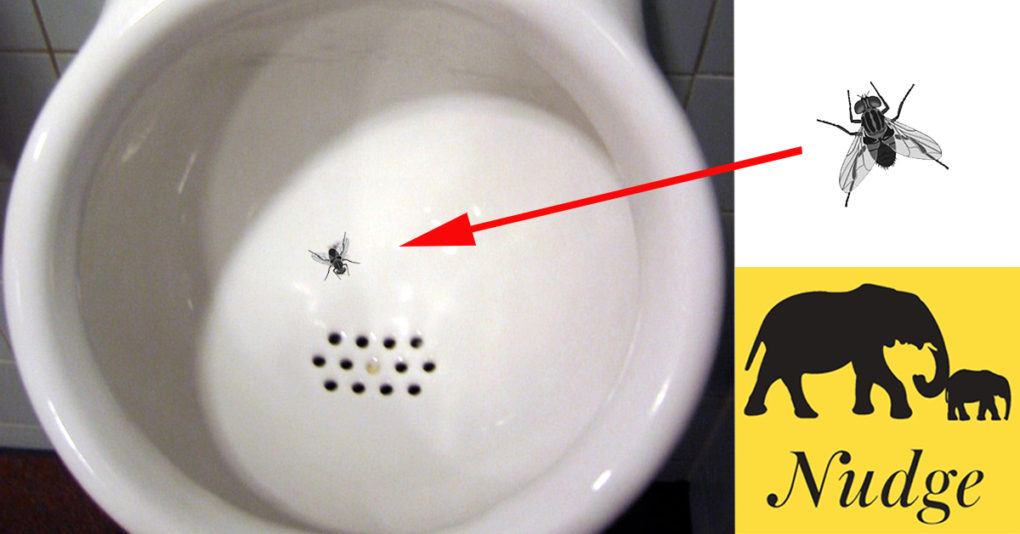Confession: I have a friend who’s crazy passionate about personal development to the point that I get quite jealous of him from time to time.
He runs a startup on the side, writes newsletters about AI and NLP, is a powerlifter, rock climber, BJJ practitioner, finishes reading a book like every week… and he does all this while finishing his PhD. Like, how are you able to do all that?
But he is real. And to me, he is super inspiring.
A few years ago, he and I went for dinner over ramen in London, and he was telling me about how he’s happy with what he’s doing to level himself up, but alot of his efforts were limited to window-opening activities. Instead, what he wanted to do was more door-opening activities.
Window-opening vs Door-opening Activities
He explained to me that Window-opening activities are ones that help expose you to new ideas, thoughts and perspectives. Essentially, they increase the amount of knowledge that you have in your brain.
What you’re doing right now – reading this newsletter – is a window-opening exercise.
Meanwhile, Door-opening activities are ones that help make transformative changes to your life by connecting you to new opportunities. In other words, they open new doors to your life through which you can step into a new stage of your life.
This could mean:
- starting a new hobby,
- building your own portfolio website,
- training to finish a marathon or powerlifting competition,
- changing career paths,
- popping that question to your girlfriend etc.
While the concept is simple and rather obvious, learning this distinction gave me clarity.
I used to think that reading books, watching educational videos, talking and learning from others was enough to make me smarter, and hence it would eventually invite change to my life. But they were simply opening windows for me. I could not walk through them.
If I really wanted to transform my life, I needed more door-opening activities.
I was content and appreciative of what I had, but it wasn’t really what I wanted. I felt I was simply cruising, waiting to see where the winds of life would take me.
Becoming the best version of yourself
I decided many months ago that I would really strive to become the best version of myself.
To achieve that, I needed to make changes to my life. And change requires sacrifice.
Let me say that again, my friend: Change requires sacrifice.
It can be in the form of money, time, effort, or lifestyle.
But you’re going to have to sacrifice something. If you’re not willing, then you won’t change.
I started this newsletter as a means of self-coaching to continue striving to become the best version of myself. My weekly essays are to crystallise the knowledge I’ve acquired and to detail out the methods I am using to better myself. And indeed, it’s my way of self-talking to encourage myself to continue this fight.
I invite you to join me on this journey to become the best version of ourselves.
Now, let’s breakdown the methods to do so:
Your Golden Circle
Becoming better requires making positive changes to our lives. That means changing any or all of these three levels of living:
- What we do (Actions & Responses)
- How we live (Habits & Thinking)
- Why we live (Purpose & Beliefs)
To me, these 3 levels are structured similarly to The Golden Circle taught by Simon Sinek. This is a useful concept in business leadership as well as personal leadership.
As a quick summary:
To truly move somebody to take meaningful action, you should clarify Why they should be taking the action in the first place. Once they understand the purpose underlying the Why, that would influence How they take action and also What action they actually take.
For us, it means that the largest transformation to your life requires finding clarity in our purpose and beliefs (Why we live). That will then drive our habits and thinking (How we live) and determine our day-to-day actions and responses (What we do).
But based on my experience, starting with the Why from the get-go is not easy.
Reverse it. Start from the WHAT.

Go Outside-In. Not Inside-Out.
My personal recommendation is to go outside-in from What > How > Why.
To me, inside-out (Why > How > What) is not practical for two reasons:
Evolving Purpose
I think most people, most of the time, have a vague notion of why they live their lives the way they do. That includes me.
To be totally honest with you, I’ve done quite a few life-design exercises in the past 12 years. I have ‘identified’ my purpose in life many many times, but they are not always the same. They have overlapping points, but my ‘life purpose’ seems to be dynamic and has a life of its own.
Your life purpose evolves through experience.
Ungrounded to Reality
I may feel motivated one day, and want to completely transform my life. So, I focus and complete a life-design workshop.
But by the time I complete the exercise, I am feeling mentally and spiritually drained that I am unable to take immediate action. I may also find out from the life-design exercise that I have put myself in the position that I need to completely change how I live my life. It becomes impractical.
The reality is that many of us have:
- work responsibilities that tie down their schedule,
- a spouse or partner that are affected by our lifestyle,
- social obligations with family and friends,
- commitments that we cannot simply change on a whim.
While I did say that sacrifice is required for change, a sudden and total overhaul of your lifestyle can be disastrous.
I believe money, time, effort and lifestyle is worth sacrificing, BUT, I don’t believe you should abandon your duties and sacrifice your loved ones.
So for tackling changing your life, I believe the best way is to start with the smallest and simplest door.
Let’s first better ourselves by changing What we do (actions & responses).
Changing “What We Do”
If I were to list out the methods promoted by productivity and personal development gurus when it comes to changing our Actions and Responses, and then group them, I would find 3 main approaches:
- Add new positive actions
- Replace current negative actions with new positive actions
- Replace negative responses with positive responses
From the above, you may realise that I’ve not included “remove negative actions & responses”. This is because it is futile.
From what I’ve learnt about dopamine response mechanisms (from Dr. Anna Lembke) and the stickiness of bad habits, trying to remove a negative action or a negative response from our lives without replacing them with a positive action or positive response is counter-productive.
I would love to cover this topic in more detail but that’s for a future letter. Click here if you you’d like me to write about dopamine response mechanisms.
Circling back, approach #1 of adding new positive actions is one that you’ll see a lot of content online on and is most accessible.
Instead, and I’d like to focus on approach #2 and #3, and introduce you to two simple methods:
Detest Fest
Detest Fest is one method for replacing your current negative actions with new positive actions.
It is one practiced by Quentin Tarantino occasionally, when he felt like things in his life were going in the wrong direction. He attributes this practice as one of the things that pushed him to become the successful film director he is today.
Quentin was first inspired to hold a ‘Detest Fest’ after hanging out with a senior ex-colleague at the VHS rental store he worked at when he was in his early-mid 20s. The senior confided in and lamented to Quentin. He told him that he enjoyed his job working with movies and that it’s great that he gets to hang out with enthusiastic movie fans all the time. But, he felt stuck and bitter.
Having worked there for most of his 20s up to his 30s, he has seen many colleagues come and go to more exciting careers and pathways while he was simply stuck at his job. He’s not gotten any experience beyond his VHS clerk store job nor has done anything to upskill or acquire new qualifications. It wasn’t his dream to continue working there, but he didn’t know how to get out of his situation either.
His laments struck Quentin as a bleak future that awaited him if continued on his current path.
Quentin also loved working there for the same reasons, but it was always in his mind that he would go out to the world to make his own movies. But for some reason, he hadn’t taken the step forward towards his dreams…until that night.
What Quentin Tarantino did
So, one night Quentin set aside a whole evening for himself and decided to hold what he called a ‘Detest Fest’.
He started by writing down and laying it all out in front of him: EVERYTHING that was going wrong in his life at the time, without giving any excuses at all.
Whether it was the fact that he didn’t have time to write new scripts, or that he didn’t live close enough to Hollywood to meet people, or that he didn’t have a lot of money to do what he wanted – he wrote it all down. No excuses.
He then blamed himself for all of them. He detested himself.
While harsh, this act also meant that he also took full responsibility and ownership for everything going on in his life.
But instead of condemning and spiralling over his own faults for a long time, he immediately took action.
He immediately spent the next few hours going through each problem in front of him and came up with a plan on how to solve each one. And once he finished going through it all, the next morning he took the first action that he had written down.
In the inspiring podcast episode where he explained his method, Quentin said that he would do this anytime he felt like that his life was not going in the direction he wanted.
In summary,
How to: Detest Fest
- Write down everything that you’re doing wrong in your life, no excuses.
- Take responsibility and ownership over each problem.
- Write a solution for each problem.
- Immediately take action.
Note: You can spend as short as 30 mins or as long as a few hours doing this, depending on how your life is going. Revisit the Detest Fest when you feel like your life is not going in the right direction.
I think I should acknowledge how harsh and negative this method’s approach is from the outlook.
But what I like about this approach is that it hones in on the idea of taking full responsibility and ownership of your actions.
You can use any method to change your life, but it all only begins when you start taking ownership over your life.
Don’t blame anyone or anything else. Accept that your life is the way it is due to the decisions and actions that you have taken in the past. Of course, there were things that were out of your control, but that does not mean that you’re not responsible for your actions.
Take responsibility. Take action.
Sticky Note Nudging
Sticky note nudging is a very simple method of triggering positive responses in situations where you usually respond negatively. It incorporates elements of Nudge Theory as well as Self-Talk.
While many approaches of changing what you do in your life deal with your actions, I think it’s critical that you transform your negative responses into positive responses too.
I use Sticky Note Nudging to manage my anxiety and increase my focus.
So let’s break it down.
Nudge Theory
In economics, Nudge Theory is a well discussed aspect of choice architecture where essentially products or shops are designed in a way to ‘nudge’ people in a desired direction.
For businesses, this may mean ‘putting Oreos at eye level’ to nudge you to buy their favourable product. For cleanliness in men’s toilets, this may mean placing stickers of a fly at the optimal location of the urinal to minimise splashing.
 |
Designers use Nudge Theory to redirect our behaviour from our ‘default mode’ to a more favourable outcome.
But on the flip side, this also means that unless we are ‘nudged’ by an environmental trigger, our subconscious will just lead us to do what’s easiest for us regardless of what we actually value and want in our Heart (Heart of The Mind).
This is why you and I continue our bad habits even though we know that they are bad for us.
Lightning-Fast Bad Habits
Our bad habits operate under the fast rule of our subconscious mind.
We don’t think through our bad habits. We simply do it. It’s a knee jerk reaction. It’s lightning fast. Before you know it, you’re already biting your nails, shaking your leg, stressing about how you don’t have time, thinking you’re not good enough, panicking.
However, when you’re calm, collected and composed, you are able to take a step back, observe yourself and rationalise how unproductive such reactionary bad habits are. You can make the decision that such habits are bad for you and that if you can consciously choose, you would not choose to do them.
However, the problem is that your conscious mind isn’t even in play when you’re performing those bad habits. A lot of them simply happen without you intentionally deciding to do so.
You don’t choose to become anxious, think worrying thoughts and spiral into panic. You just simply feel the anxiety creeping in.
You don’t choose to overthink about what to say, how people would perceive you and if you’re acting socially right. You just simply feel socially awkward.
So, how do we resolve this?
Consider designing a choice architecture that would nudge you in a positive response direction, and using situational self-talk to brainwash your subconscious mind.
A simple method is to use a sticky note.
Here’s how I do it.
A sticky note to kill your anxiety
One situation where I used to always feel stressed and anxious is at my work desk, in front of my laptop. I have a lot to do, and very little time to do so. My to-do list is long, and when I see that I still have so many things to do, and I’ve only ticked 2 things on it, my anxiety tends to creep in.
The voice in my head goes: “I still have so much things to do. Why am I so slow? I won’t be able to finish everything now. Oh no. I’ve always been like this. I cannot do anything fast enough. I cannot do anything right. I’m such a failure”.
And by the time I realise it my mind is flooded with such overwhelming thoughts, my heart is already palpitating fast and I feel my energy slipping away. I cannot focus, and yet I’m focusing on everything at the same time. My breath becomes shallower and shorter. “Fuck.”
But wait.
I look at the sticky note on my monitor with the words “平常心” (Heijoushin: a Japanese word meaning ‘a peaceful and stable heart’).
I say it silently to myself. I allow my subconscious mind to be interrupted by this word.
I’ve nudged myself to be calmer, more peaceful, more stable.
My anxiety slowly fades away. I take a deep breath. I am back in focus.
How to: Sticky Note Nudging
This method focuses on changing your negative responses into positive responses. You’re gonna need a sticky note for this.
- Pick a physical point where you usually feel stressed, anxious, worried, panic, depressed etc.
- At that point, what do you want to feel instead? Think carefully and write it down on the sticky note.
- Stick the note somewhere obvious near the point of your negative response.
- Whenever you see the sticky note, say the words you wrote down to yourself.
While simple, this method has helped me a lot when it comes to nudging my mind to be calmer when I do work. Try it out.
We’ve now covered the first part of this life-design newsletter series.
I thought life-design would be relevant coming to the New Year as that’s when a lot of people have energy to make some meaningful changes to their lives.
What we do (Actions & Responses)- How we live (Habits & Thinking) – Next Week
- Why we live (Purpose & Beliefs)
Next week, I will be covering the second part of “How we live”.
Thanks for reading my newsletter today. It means a lot that you’ve read it till the end 😊
I would appreciate it if you would reply to this email and share with me what you’ve found frustrating about sticking to your New Year resolutions.
Till next week,
Ruiz
